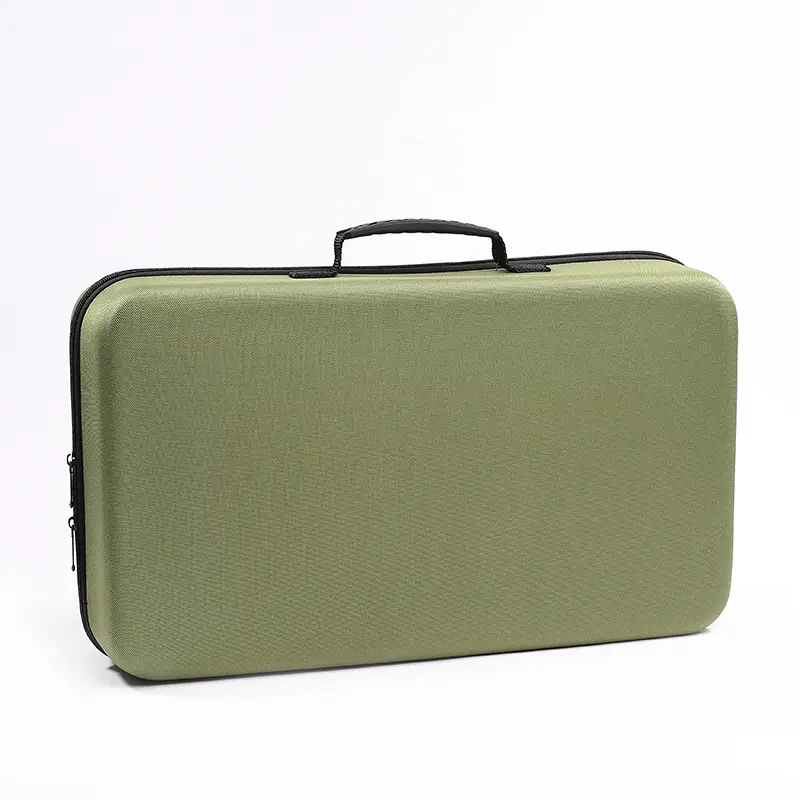The stability of anti-static EVA packaging materials refers to the ability of the material to resist the influence of environmental factors (temperature, medium, light, etc.) and maintain its original performance. The stability of aluminum-coated bone bag plastic materials mainly includes high temperature resistance, low temperature resistance, oil resistance, aging resistance, etc.
(1) High temperature resistance
As the temperature rises, the strength and rigidity of aluminum-coated yin-yang bag packaging materials are significantly reduced, and its gas barrier, moisture barrier, water barrier and other properties are also affected. The high temperature resistance of the material is expressed by temperature as an indicator. In actual packaging, the Martin heat resistance test method, Vicat softening point test method, and heat deformation temperature test method are often used to determine the heat resistance temperature of the material. The temperature measured by these test methods is the temperature when the specified deformation amount is reached under various specified load sizes, force application methods, heating speeds, etc. Therefore, the heat resistance indicators of each test method lack comparability, and it can only be used as a comparison of the heat resistance of various plastics under the same conditions. The higher the heat resistance temperature value of the material, the better its heat resistance performance, but please note that the heat resistance temperature value of the measured material is not the upper limit of the use temperature of the material.
(2) Low temperature resistance
The good plastic toughness of plastics decreases significantly and becomes brittle as the temperature decreases. The low temperature resistance of shielding bags against the influence of low temperature is expressed by the brittle temperature. The brittle temperature refers to the temperature at which the material undergoes brittle failure when subjected to a certain form of external force at low temperature. It is generally obtained by measuring the brittle temperature of the material under the same test conditions, the impact compression test method, and the elongation test method. The brittle temperature of the material under the same test conditions can be used to compare the low temperature resistance. In the low temperature test method, the brittle temperature of the material under dynamic load conditions is more meaningful because the test conditions are closer to the material’s usage.
Post time: Oct-23-2024





